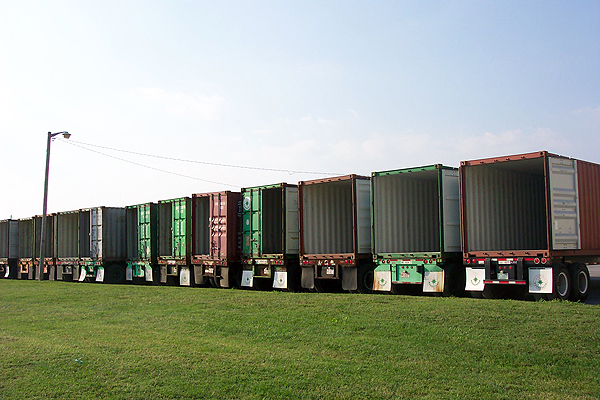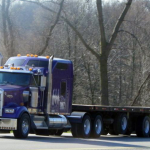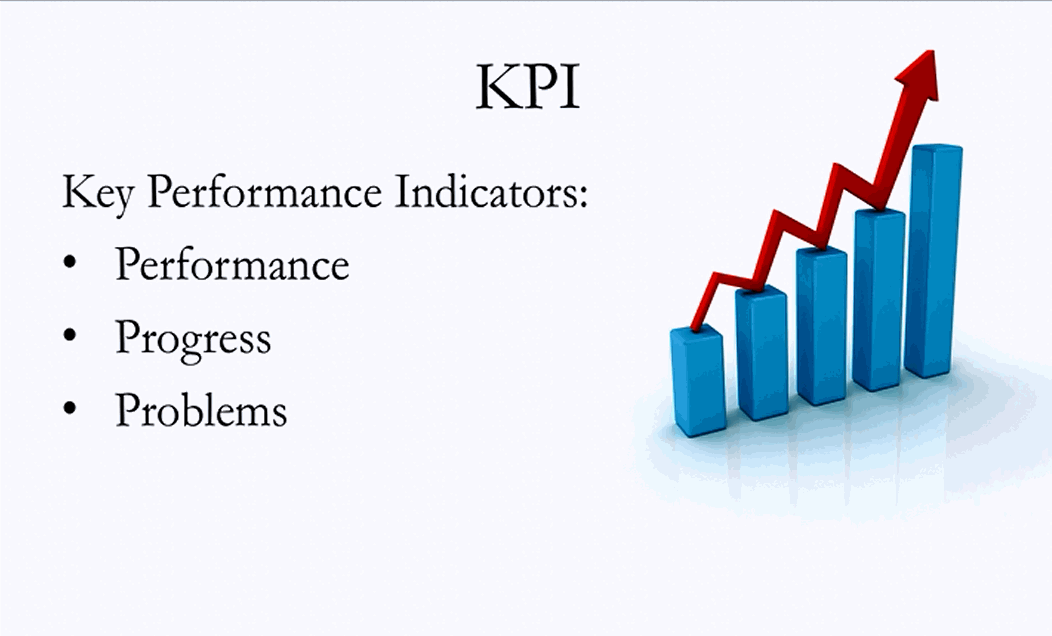
INTRODUCTION
A haulage practitioner narrated his ordeal: A truck in his fleet had been dispatched for a delivery of 30ton cargo in Uyo in Akwa-Ibom State three (3) days earlier. That sunny afternoon, while going through the exception report from the Tracking Department, he discovered that the referenced truck had disappeared from the tracker the night before. Other reports confirmed that several attempts made by the tracking and fleet management team to reach either the Driver or the Motorboy had proved abortive so far. Meanwhile, the customer receiving delivery confirmed that the truck had been offloaded the night before and had set out on the return journey to Lagos. That really got everybody worried. But that sunny afternoon, a call came in from a close associate of the business owner who is resident in Ile-Oluji in Ondo State. The associate called to know whether his ‘hauler friend’ now move logs for clients! And why did he ask the question? He had just seen one of his friend’s trucks drive into a logging company not too far from his office. After consultation with the fleet team and confirmation that the truck had no business being there, the haulage business owner mandated his friend to work with the police and ensure that the truck is grounded. At the end of the day, it was discovered that the driver had simply wanted to illegally enrich himself by moving products on his return journey for an unknown client.
The experience narrated above is not an isolated case. It is a major problem that has assumed an epidemic proportion in the industry! Most drivers, based on what we know about the industry, see this anomaly as routine. For them, it’s no longer an exception but something that has to be done to supplement whatever is their legal earnings in the normal course of duty. And surprisingly too, the structure and operation of most haulage contracts readily provide the needed platform for this malaise to thrive.
For instance, in most haulage contracts especially for the corporate haulers, ‘deadheading’ (tractor pulling an empty trailer) on the return journey of every delivery for clients is a conditional requirement. Among some of the reasons that have been adduced for this is the need to cut down on turnaround time and facilitate ready availability of vehicles for loading operations (tractors move faster when pulling an empty trailer). Also cited is the need to make room for reverse logistics either for damaged deliveries or ‘rejects’, evacuation of pallets and other loading accessories e.t.c. Some have also gone further to rationalize it by stating that the practice elongates the tractor’s useful life.
However speaking from asset optimization perspective, aside from the unhealthy practices that have trailed the conditional requirement, it is quite obvious that this is one operational module that is unsustainable.
This brings us to the realm of what in freight operation is referred to as BACKLOADING. In our operating environment, the mere mention of backload sends an average haulage practitioner into some sort of frenzy. Most have come to see backloading as a vice driven by the greed of unscrupulous drivers. Many experiences like the scenario painted above contributed substantially to this stereotypical perception.
In this article, we will attempt to unpeel the negative cocoon that age-long unethical conducts of a few have woven around what otherwise should be a strategic and commercially viable option for a willing and able haulage company.
GETTING IT RIGHT
In one of our articles “Enhancing the efficiency of your haulage business”, we had stated that fuel represents a sizeable proportion (30% or thereabout) of the total vehicle operating costs. It therefore follows that a small percentage reduction in fuel costs could result in large savings.
Two standard avenues are available for cutting down on fuel costs;
One is to reduce fuel consumption (getting more mileage for each litre) and this explains while many haulers give huge premium to vehicle’s fuel conservation capacity when selecting assets.
Second is to maximize vehicle use (doing fewer miles for the same job) which also explains in part why companies invest heavily in both human and latest technologies that facilitate effective and efficient route planning and assignment.
However, the ability to reduce fuel consumption comes by default for most vehicles and its sustainability is hugely dependent on the quality of service and maintenance. Be that as it may, it is a variable that will save a certain percentage of fuel cost for all journeys but eventually diminish with vehicle life. Rather, finding a way to maximize or make the best use of a vehicle has greater potential to reduce operating costs much more significantly than by merely reducing fuel consumption alone which in any case comes by default. Reducing the mileage that is done to carry out a job will save the total fuel and operating costs associated with the avoided miles.
From the foregoing, one could argue that making best use of the available load space in every vehicle trip can help to reduce the mileage covered per job. This can be achieved through a variety of ways among which are:
- Backloading
- Consolidating loads
- Load stacking
- Deployment of multiple-decked vehicles
Our focus in this article will be to take a critical look at backloading and how it can be integrated into normal operation with a view to increasing operational efficiency by substantially reducing deadheading or partial loading. We will also study how backloading facilitate the best application of resources such as vehicles, driving time and fuel with a view to improving profitability of haulage operation. In the same vein, we will consider how backloading is done in advanced economies and how it has over the years assumed a thriving status of its own.
BACKLOADING DEFINED
Simply defined, Backloading is the practice of making use of spare capacity on the return leg of a delivery journey. It makes more efficient use of valuable resources, such as fuel and driver time, by finding loads that need to be shipped between similar areas as those visited by the returning vehicle. In practice, collecting additional loads for the empty or partially loaded return journey of an outbound delivery can:
- Improve fuel efficiency
- Increase vehicle and driver utilization
- Remove the need for an additional vehicle journey
THE BENEFITS OF BACKLOADING
Generally speaking, reducing the numbers of partially loaded or empty vehicles through backloading has a variety of operational and commercial benefits including:
- Improved operational efficiency due to higher vehicle and driver utilization
- Environmental benefits through reduced carbon dioxide emissions and road congestion as the need for additional vehicle journey is being curtailed
In specific terms however, the benefits of backloading will depend on whose goods are being transported.
If you carry your own loads on return journeys or you are an FMCG running your own fleets directly, utilizing your vehicles’ spare capacity instead of sending out an additional vehicle can result in:
- Cost savings through reduced fuel and other operating costs
- Increased fleet capacity (vehicles are available for alternative jobs), or a reduction in fleet size
If you are the haulage contractor running shuttles for a contract client, picking up other company/people’s goods on the empty or partially loaded return trip of an outbound delivery will fetch you benefits that can include:
- Increased revenue on existing routes from additional work
- Access to a wider customer base and future haulage work
- Better use of information and greater collaboration between operators and suppliers
….To be Continued in PART TWO.






